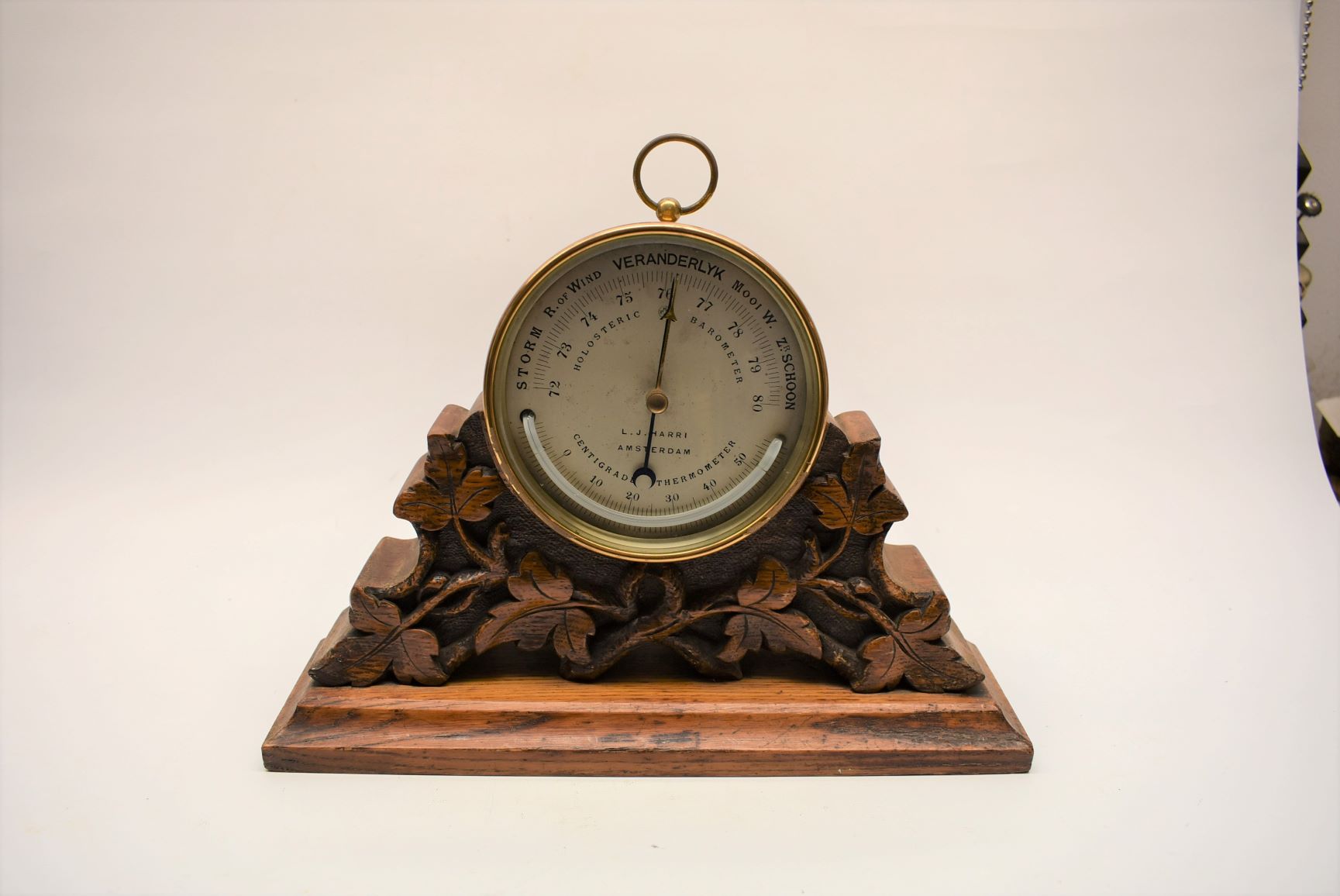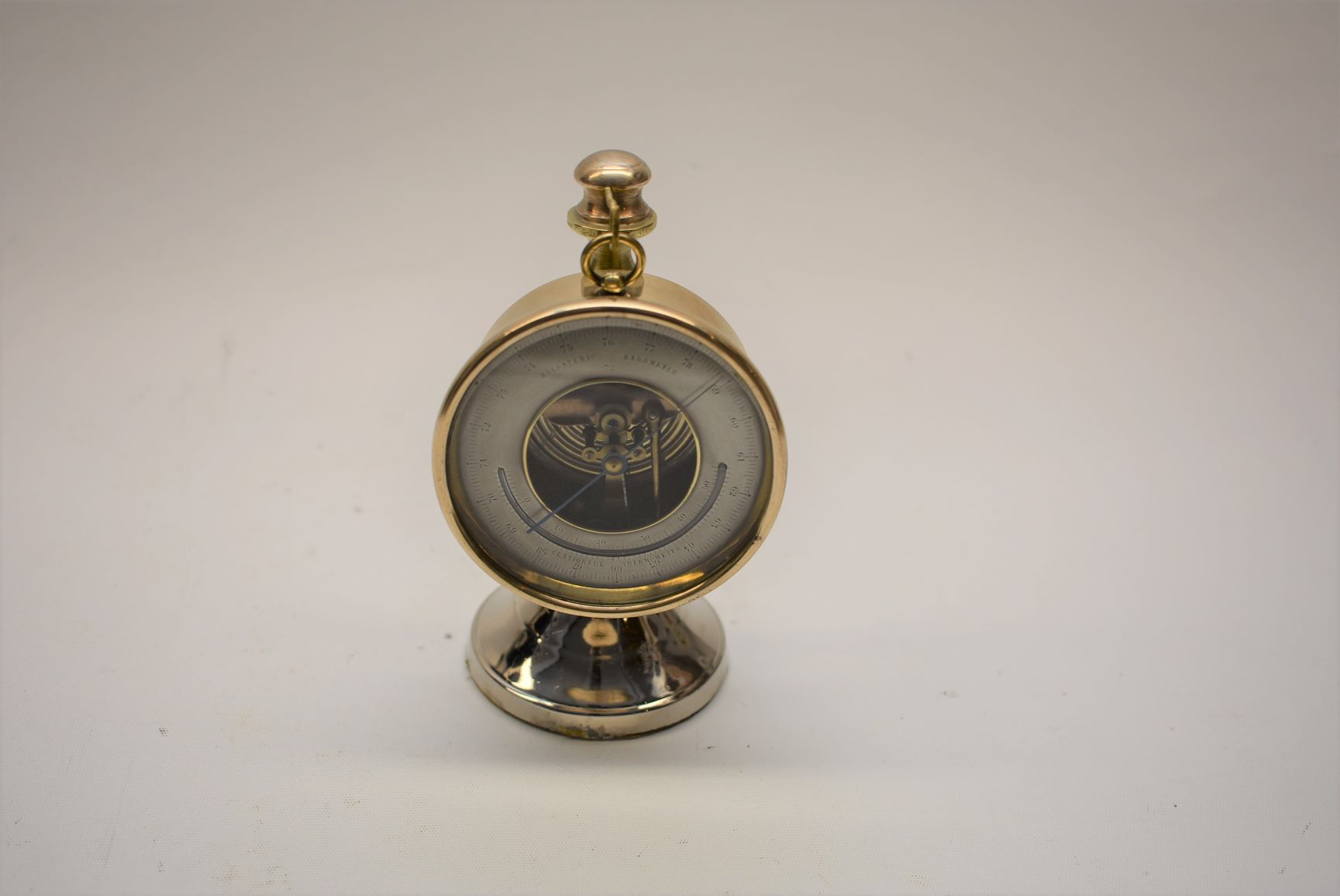How did the first barometers lead to current weather instruments
The first barometer consisted of a very simple design, utilizing a tube and dish of mercury to measure barometric pressure. Sure, there were a few other components, and it took time to get the measurement down, but ultimately it was a very simple design that proved to be highly effective, if somewhat limited in the ways it could be used. As with anything else, when there is a need, and in this case that need was for a more accurate and portable barometer, innovation led to improvements in designs. One of the more notable things about early barometers is how intricately designed and decorated many of them are. The reason for this is simple, early barometers were owned almost exclusively by wealthy people, and they were often treated as decorative items as well as functional ones.
The Next Generation of Barometers
While mercury barometers were accurate, they had limitations. Mercury was very expensive at the time, limiting who could afford to buy a barometer. Mercury barometers were also not very portable, limiting how and where they could be used. Necessity forced innovation resulting in the invention of the aneroid barometer. The aneroid barometer had one distinct advantage over a mercury barometer besides the lower cost, it was also portable! This led to barometers being carried on ships and planes, and eventually to the invention of the modern electronic barometers that are used today.


Barometers Are Used to Predict Weather Patterns
Long-term weather patterns are well known and documented due to observation and historical precedence. For example, if you’ve lived in the same region for a long time, you’ve probably noticed that there are times of year when rainfall increases, and periods of drought. Barometers are used to help measure pressure changes which can help to predict short term changes in weather. One example of this is if barometric pressure drops suddenly, this means that a low-pressure system is moving in, and with that low pressure clouds are not pushed away, which usually means more rain in the immediate future.
The Rise of Electronic Barometers
If you’re old enough you can probably remember rotary phones, or radios that used vacuum tubes instead of electronic circuits. But those are rarely used today, largely because they are obsolete. How did electronic barometers end up replacing traditional ones? The same way that other non-digital or electronic devices have replaced their now obsolete predecessors. Today, when you want to know what the weather is like, or what to expect, you don’t get out your pocket barometer. You probably get out a smart phone or smart watch and look at a weather app.
Electronic barometers replaced more primitive designs for two reasons. First, they are more accurate. The highly precise electronic barometers used today are far superior to the old mercury ones used decades ago. Second, they are easier to make, electronic barometers are mass produced and cheap, meaning they are in use by people from all walks of life. The combination of being less expensive and more accurate paints a clear picture of why electronic barometers has overtaken mercury or adenoid ones.
Appreciate What We Have Today by Learning How We Got to Where We Are
The technology we enjoy today would seem like magic to our ancestors, just as their technology would appear to be magic to those that came before them. It’s important for us to realize where the technology we enjoy today came from and to realize the time and effort that went into it.
